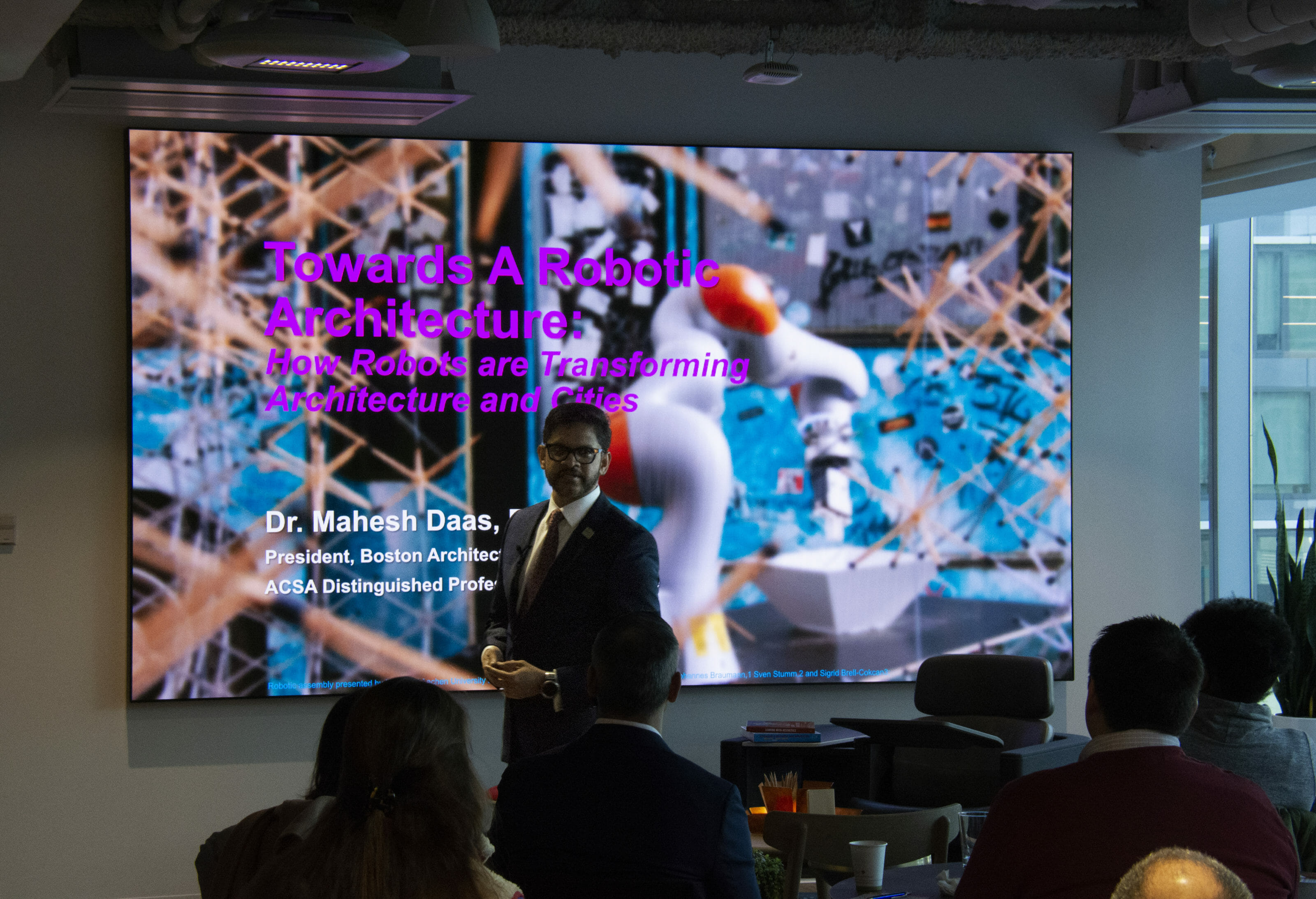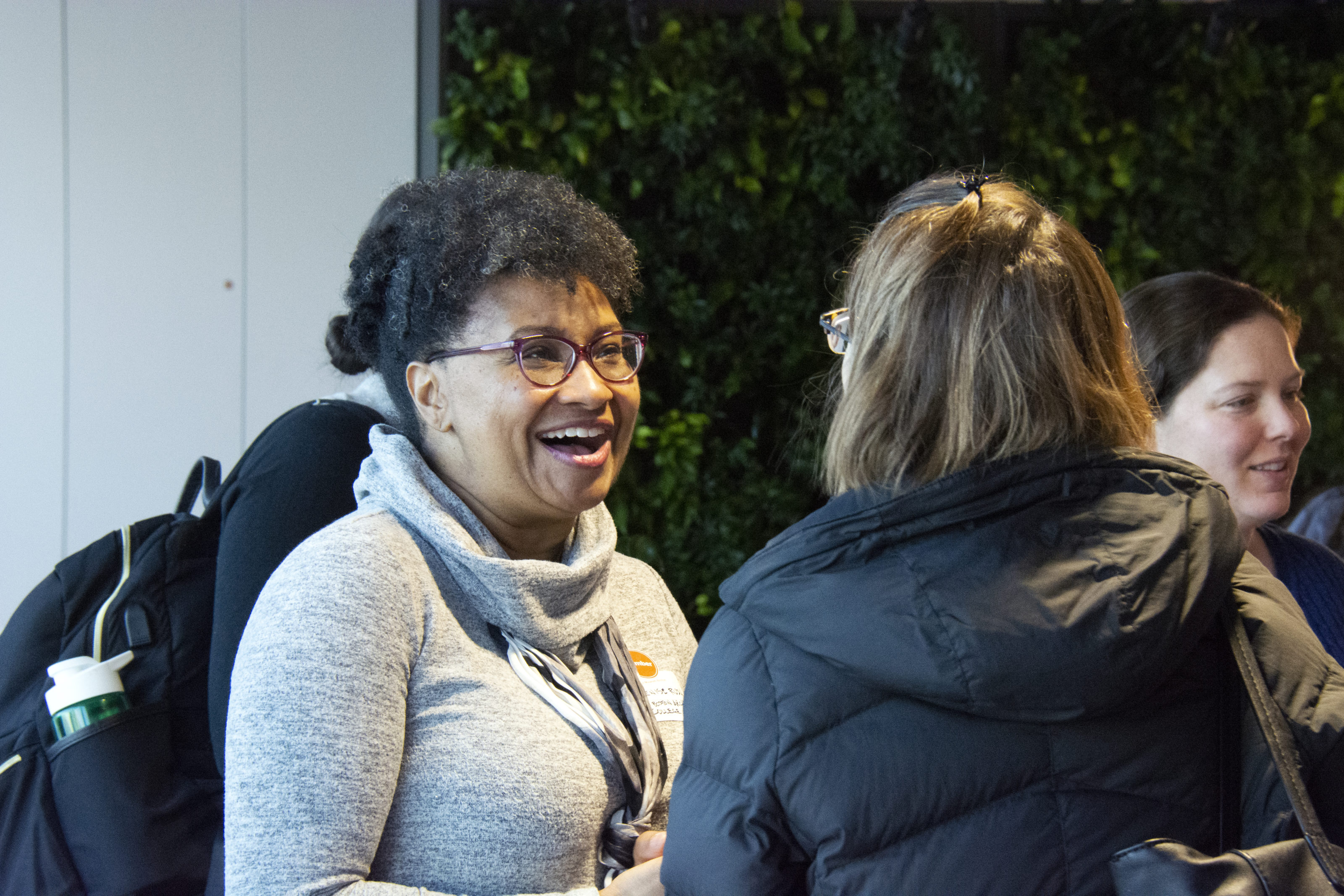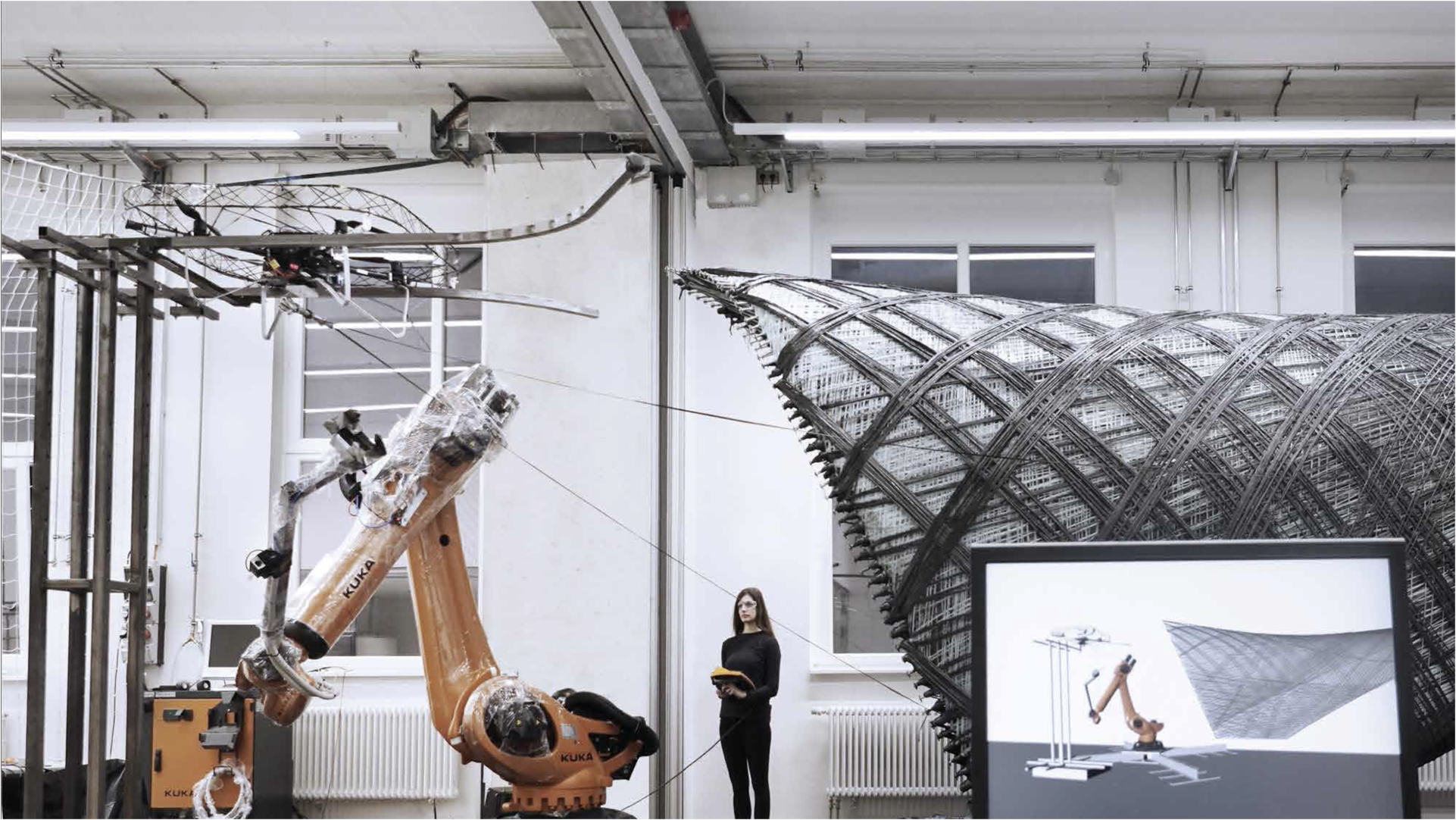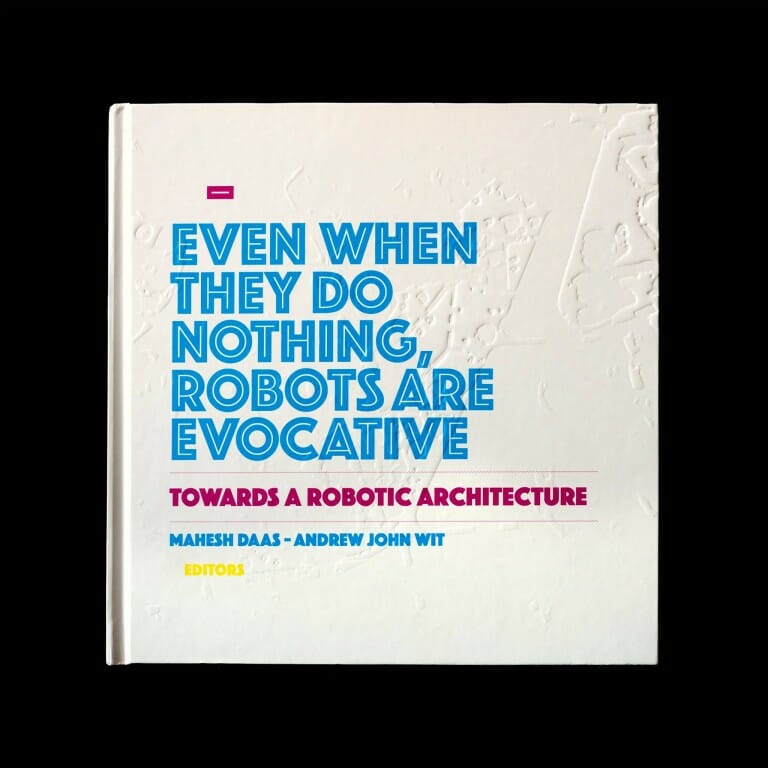Towards a Robotic Architecture Recap
Design Museum Mornings • January 2020
By Thais Jacomassi

Dr. Mahesh Daas welcomed us to Design Museum Mornings with his curiosity and love of using design to transform both daily lives and the places we inhabit.
On the first Design Museum Mornings of 2020, volunteers, members, and first-time attendees filed through the double doors of the Red Thread + Steelcase showroom to hear from Dr. Mahesh Daas, the new president of the Boston Architectural College, present findings in relation to his new book, Towards a Robotic Architecture. Dr. Daas’s book is the first of its kind regarding robotics in architecture and design and its impact in transforming the way we think, as well as how we function in our daily lives.
The word ‘robot’ brings forth memories of 2001: A Space Odyssey and the famous, humanoid political robot, Sophia, but this is only a limited view into the vast field that is robotics. In general, robots can be categorized into four forms which can all offer different kinds of expertise and functions. While humanoid robots can be used in hospitals because they are easier to empathize with, this quality might not be a priority when discussing robots that are built for transportation.

Attendee Denise Rush caught up with a friend before Design Museum Mornings officially kicked off.
Dr. Daas made a point of the significance of all forms of robotics in our lives, particularly how it allows us to understand the world in a new way. It has allowed architecture to reach beyond and explore new forms of creation through the introduction of new materials, such as metallic 3D printing, which is being explored in Amsterdam. Furthermore, in California, wearable robotics is a new prospect within the fashion world that has begun to reconstruct our understanding of gender and gender norms.
The topic of robotics always brings varied emotions and responses to the conversation. Dr. Daas reminded us that robots are already here, helping us reach new potential, and that as the people designing the robots, we have power to make them reflect the best parts of human nature.
It is important to remember that robots are not just the ‘other.’ They are life forms who have a key role in shaping how we think of ourselves. The truth, in Dr. Daas’s words, is that humans are “biologically, sophisticated robots.” When answering an audience member’s question in the brief Q&A following the presentation regarding the relationship between robots and humans, specifically the similarities they share, Dr. Daas stated that, “Robots are wired and engineered by humans, they are influenced by our social complexities and biases which in turn lead us to the critical point that robots are a reflection of ourselves.” They are physical agents that act to change something in their environment, just as designers and architects have done for centuries.
With this in mind, it is important to acknowledge the critical role robotics will play in the future of design and architecture while also emphasizing our need to be at the forefront of advances in technology. As Dr. Daas said, “The future is not static, it is something we create.”

A Design Museum Mornings attendee asked Dr. Daas a few follow up questions after his talk.

